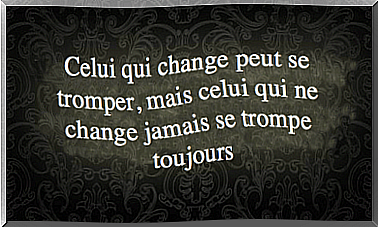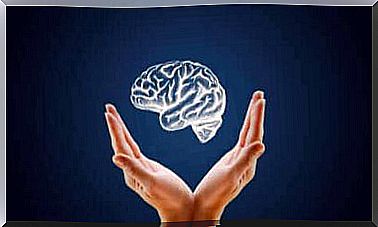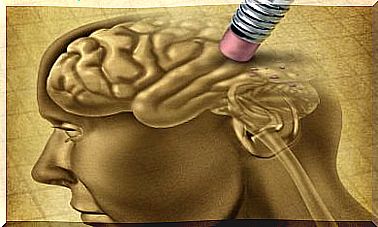Why Is Kinesthetic Communication So Important?

Kinaesthetic, or kinesic, communication is one of the various forms of language that inhabit humans. Generically, it is also called body language and corresponds to all movements of the body.
It is important to know that kinesthetic communication is very powerful. It trans puts a lot of information on the character and emotional state of a person. Although we are generally unaware of how we convey messages through these codes, or how we receive them, this type of communication clearly marks communication between two or more people.
The elements of this language are essentially gestures, posture, gaze and body movements. In other words, anything that replaces or complements verbal language. N ou can also include tone of voice and physical contact established with others. Since the topic of body language in general has been covered extensively so far, we will focus here on tactile contact with others.
Kinesthetic communication and touch
Touch is one of the most important components of kinesthetic communication. Each human being has their own tactile behavior, although we are not always aware of it. It encompasses all the ways of coming into contact with others using the skin, in other words, by making a physical connection.

It is, in fact, one of the most lost forms of communication. New technologies are leading us to have tactile contact with devices more and more often. On the other hand, physical contact with other people is increasingly rare. We communicate with others using a device and very sparingly with the skin.
The importance of tactile communication
Kinesthetic communication through touch is one of the most primitive ways to come into contact with other human beings. One of the most authentic and essential too. The first tactile contact we experience occurs with breastfeeding. Beyond being a means of absorbing food, the baby begins to form his affectivity thanks to this act. The same goes for the caresses that his mother lavishes on him.

This type of tactile communication is so important that a large part of mammals devote a large part of their time to it. This is very evident in monkeys, for example. They groom, cuddle and touch each other all the time.
In humans, the need for this type of kinesthetic communication is even greater. A child who is not petted has difficulty surviving the first few months of life and if he does, he may develop emotional difficulties. This need is maintained throughout life, although it becomes more moderate over time. Even so, there are specific times, such as in bereavement or illness, when this need is felt more.
The meaning of touch
When we give our hand during a salute, a tactile kinesthetic communication is configured. The strength of that handshake, as well as the way of taking the other’s hand, reveals some type of bond. Sometimes this type of contact is fundamentally neutral. Other times, we attribute warm characteristics to it, which facilitate closer contact.
Culture influences how we touch each other. Some places are more marked by emotional distance, thereby reducing physical contact to a minimum. In other places, however, hugs, shoulder thrusts, and physical contact are very common. In any case, whatever the culture, everyone has their own way of using their sense of touch.

The truth is that this form of communication potentiates or weakens the bonds between people. Couples who fondle each other the most are more likely to endure. People who have more physical contact with their peers are happier and get less sick. Despite everything, today’s society promotes forms of relationships in which touch is less and less present. Being aware of this is the first step in preventing physical contact from being lost.










